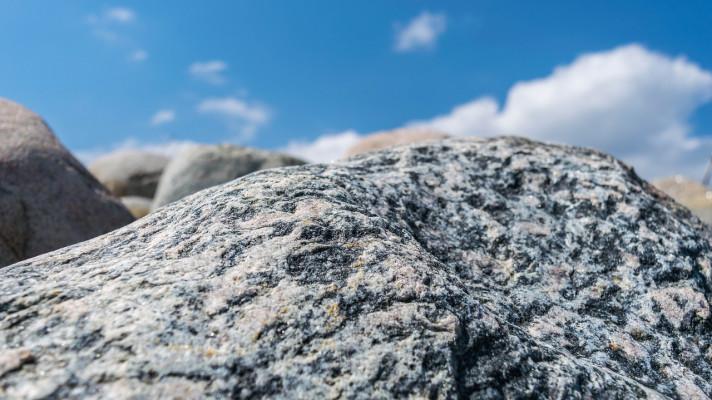Tip na dovolenou: Malta - geologicky jednoduchý ostrov
Malta: Geology. An understanding of the geology of the archipelago is necessary in order to understand the landscape and the uses to which it has been put. The rocks and sediments found are mainly Miocene limestones and clays. The stratigraphic succession is simple and from top to bottom consists of: The stratigraphic sequence. Quaternary Sediments Upper Coralline limestone Greensand. Blue clay. Globigerina limestone Lower Coralline limestone.In many places the geology is exposed in the sea cliffs. This is particularly true of Gozo with its 140m high cliffs of Lower Coralline limestone. The high ground of the northern and western part of Malta consists of an outcropping of Upper Coralline limestone. It is on this high ground that the ancient capital city of Mdina is perched. Numerous faults can be found, which have given the islands both their precipitous cliffs and the Horst and Graben structures inland which form both the relief and the basins where much of the farming now takes place. Faulting activity has also blessed Malta with the deep natural harbours which were of defensive importance in the past and are of economic importance in the future. The hard Upper Coralline Limestone lies as a cap over much softer sediments, Greensand and Blue clay. Erosion of these sediments, especially on the South Western side of the islands near Golden Bay, have resulted in the formation of a spectacular ridge of Blue clay which leads out to a perched block of Upper Coralline limestone. This headland was used as a defended village in the Bronze Age. The Blue clay forms the base for the most fertile soils on the islands, but its geologic instability is resulting in spectacular cliff collapse all along this coastline. Attitudes to the problem of cliff collapse can range from the sublime to the ridiculous. Where identified this may not pose a serious threat to land use or habitation, but in some locations villages which were built on upper coralline limestone well back from the cliff edge have now been undercut to the extent that buttressing is necessary to prevent the whole village collapsing. The Buttress is comprised of soft Globigerina limestone and is totally unsuitable for such a task. But should result in care, particularly in the location of hotels The foundations of this hotel are set in Blue Clay, and as a result the whole structure is now abandoned and is moving down the hill side. You may see other examples of this as we tour the island. These processes also pose a threat to historical and archaeological monuments. Not much is left of the Neolithic temple which once stood on this clifftop and which would once have resembled the temple at Hagar Qim. You can observe the large fissure which is gradually separating the seaward block of limestone from the cliffline behind.
ZDROJ:http://users.aber.ac.uk/jpg/malta/geology.html
